In our modern and often synthetic world, “natural” is often synonymous with “simple.”
But natural things are almost never simple. After all, walking is natural. So is talking. But they aren’t simple processes.
And humans can’t do either without practice.
Breastfeeding has been a natural part of human existence for, well, as long as humans have existed. As with walking and talking, natural doesn’t always mean easy.
One of the fastest ways to simplify breastfeeding is to make sure your baby is latching properly.
Latching is the process of attaching your baby’s mouth around your nipple and areola to begin breastfeeding. Learning proper latching techniques is one of the most important steps to successful breastfeeding.
Your baby may still be able to remove milk from your breasts with a bad latch, but a good latch can help:
Because our bodies regulate milk production based on supply and demand, breasts that aren’t fully emptied on a regular basis will produce less milk.
A good latch compresses the milk ducts around your nipples and creates a strong suction effect that helps your baby fully empty your breast, which signals to your body that it needs to make more.
If you have (or even know) a toddler, you’ve experienced the joy of finding a sippy cup glued shut by traces of congealed milk.
Just like leftover milk in a sippy cup becomes viscous and sticky over time, breast milk that isn’t fully drained can turn into clogs that block new milk from flowing through the duct.
But unlike a sippy cup that can be taken apart and cleaned, a clogged milk duct takes time to clear.
Clogs are very treatable, but they’re also painful and can lead to mastitis. Ultimately, it’s easier—and more comfortable—to learn how to help your baby latch properly than it is to continually struggle with duct blockages.
Breastfeeding experts all agree that breastfeeding isn’t supposed to be painful. But that expert opinion might not bring you much comfort when you’re trying not to yelp in a quiet house during a middle-of-the-night feeding.
Luckily, most nipple pain can be lessened with proper latching.
With a deep latch, your nipple is pulled to the very back of your baby’s mouth, far away from the hard, bony part of the mouth along the upper and lower jaw where your baby’s teeth will eventually come in. This spot is called the alveolar ridge.
Poor latching places your nipple between the bony alveolar ridge and the baby’s tongue. The result? The feeling that your baby is biting you while nursing. (And also, cracked and sore nipples.)
A shallow latch also is less efficient, which means your baby has to suck harder to eat, further contributing to nipple pain.
You can get a good latch no matter which breastfeeding position your baby prefers. Whether you’re a fan of the cradle or you rock the football, look for these signs that your baby is latched properly.
1. No pain, lots of gain
It’s normal to experience a little bit of discomfort during your baby’s first few sucks, but continuous, lasting pain means your latch probably isn’t quite right. A good latch will result in a gentle tugging sensation that doesn’t hurt.
2. Get in a good position
When it comes to establishing a good latch, neutral positioning where your baby doesn’t have to “reach” for the breast is key. Think about mattress commercials—they show someone peacefully sleeping with the proper lumbar support. Use pillows for support to maintain good positioning and reduce strain on mom.
Your baby’s spine should be in a straight line, so they don’t have to turn their head to get to your nipple. Make sure your baby’s chest and stomach are touching your body and that their chin is gently tucked up against your breast.
3. Open wide
To encourage proper milk removal, your baby’s mouth should cover your areola (the dark area around your nipple), not just your nipple. Their lips should be flared outward on your breast, their cheeks shouldn’t suck in, and you shouldn’t hear clicking as they move their jaw.
4. Believe the ears
This might sound funny, but one of the ways to check your baby’s latch is to watch their ears. Because the muscles in the ear and jaw are connected, wiggling ears indicate that your baby is using the right sucking motion.
5. Down the hatch
It may take a few seconds, but you should see and hear your baby swallow in a regular rhythm. If your baby is working hard but not swallowing, they’re likely not getting a steady flow of milk. The ratio of sucks to swallows is a great way to gauge your milk flow both as your milk supply is being established and throughout a feeding.
If you’ve been breastfeeding for a few months, you might feel like you’ve finally gotten the hang of it. But just when you think you’ve finally figured out breastfeeding, two things may happen with your baby.
1. Short attention spans in a busy, interesting world
First, your growing baby becomes aware of their surroundings. Starting around six months, infants begin to care a lot about what is happening around them. Siblings, pets, passing cars, and even the weather outside can pique your baby’s curiosity and cause them to pop off your nipple.
"One of the best ways to help a distracted nursling stay on task and latched is to provide another distraction that is more interesting to them than what is going on around you,” shared Nest Collaborative IBCLC, Katie Cohen.
“You can try talking and singing or giving baby a toy or small object to hold to keep busy little hands occupied throughout the feeding. Minimizing other stimuli by choosing a quiet, calm place to nurse for small frequent feedings may also help during this (completely normal) phase of development."
2. Teething (Also known as “Baby shark” time)
The second thing that happens around this time? Their pearly little teeth start coming in.
About the same time babies start treating feeding time like a restaurant’s free refill station, they also start cutting teeth.
Now, with a proper latch, new teeth shouldn’t impact breastfeeding. That doesn’t mean they won’t.
Many babies with sore and swollen gums mistake breasts for a teething ring. Your child’s tendency to drag your nipple across the room as they watch the cat, combined with aching gums, can be a perfect storm of latching issues.
To minimize the latch-on/latch-off cycle, give your baby a teething toy for a few minutes before feeding your baby in a quiet room. If your little one is consistently getting distracted or chomping down on you, stop the feeding session and try again after a few minutes.
If you’re breastfeeding a toddler, you’ll also find that your nursling has become quite the acrobat, showing off with handstands, summersaults, and all kinds of gymnastic stunts while breastfeeding.
It’s no small wonder that this impacts their latch. You may find that either their latch has become lazy or that they latch just as firmly—but not as accurately. Either way, it’s uncomfortable.
In these situations, it’s essential to correct uncomfortable latches. While you may not worry as much about your milk supply—your little one is likely supplementing their breastfeeding with food at this stage—it’s still a valuable opportunity to help them learn about consent and bodily autonomy.
If you feel like you and your baby are struggling with breastfeeding, we want to help. The IBCLCs at Nest Collaborative deliver expert support in the comfort and privacy of your own home.
Whether you need help establishing proper latching or are looking for ideas to keep a curious baby on task during feedings, we’ve been there. Book your virtual consultation today to learn more.
